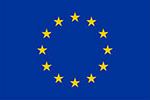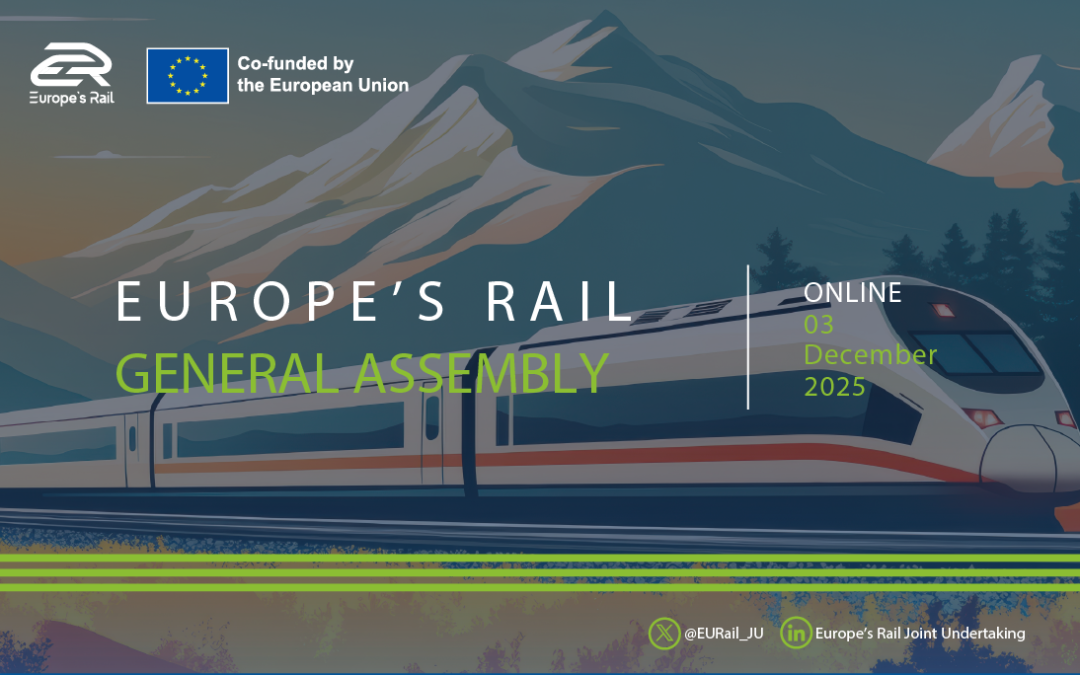Among the nine major Flagship Projects (FPs) funded by Europe’s Rail Joint Undertaking (EU-Rail), FP2-R2DATO plays a...
FP6 FutuRe project status as of June 2025
Flagship Area 6 (FA6) aims to ensure the long-term sustainability of regional railways by reducing the Total Cost of Ownership (TCO) and improving service quality and operational safety In the first phase of the program, FA6 is implemented via the project FP6-FutuRe that encompasses the following R&I Sub-Areas:
Regional Rail System Solutions / Architecture
It provides technical support and manages system interfaces (of the technical enablers covered in this Flagship Area and align with the other Flagship Sreas and the System Pillar), to identify a harmonised and integrated high level railway architecture and requirements suitable for all kinds of regional lines according to the overall objective to optimise the operational and capital costs.
In 2024, it revised specific requirements, defined measurable KPIs, and initiated safety analysis.
Command, Control and Signalling (CCS) & Operations
It focuses on finding suitable Command, Control and Signalling (CCS) solutions and defining preparatory demonstration activities by using existing and potential interoperable standards applicable on European G1 lines (Single European Railway Area in accordance with the Directive 2016/797/EU) to ensure their long-term viability of the CCS system by reducing the capital and operational cost covering Automatic Train Operation (ATO) up to Grade of Automation 4 (GoA4), European Train Control System (ETCS) Level 2, Traffic Management System (TMS), Absolute Safe Train Positioning (ASTP), Train Integrity and Length
In 2024 it developed Use cases and scenarios as well as launched demonstration activities linked to the technical enablers.
Regional Rail Infrastructure
The focus of Sub-Area 3 is to develop cost-efficient assets specifically tailored to regional railways. This is achieved through strategies such as simplifying systems and eliminating cabling for data transmission and power supply. Additionally, Sub-Area 3 is advancing a 5G communication concept and prototyping energy self-sufficient wireless asset, while also enhancing Smart Wayside Object Controllers (SWOC), Smart Wayside Object Controller (SWOC) Multi Modal Level Crossing (MMLX) launching demonstration activities linked to these technical enablers.
Regional Rolling Stock
It aims at the design of efficient vehicles for G1 and G2 lines analysing regulations, developing mechanical specifications and studying multimodal refueling stations. The sub-area also includes the development of efficient and sustainable vehicle-centric CCS for G2 lines (i.e. lines or network of lines that are not functionally/operationally connected with the mainline network according to the EU-RAIL Multi Annual Work Program).
During 2024 it progressed in:
- reporting about the state-of-the-art report covering regulations and market situation, including an extensive database of existing regional rolling stock, innovative approaches applied, state-of-the art on automatic train operation and market prices.
- developing of the specifications for mechanical architecture of rolling stock was considering the area of mass reduction, topology and material use.
- developing CCS specifications for G2 Lines application
Customer Services
The focus of Sub-Area 5 is to provide customer services centered around passenger information systems (PIS), encompassing the development of a multimodal trip planner that includes demand responsive transport (DRT) options for first and last mile transport, offering support for passengers with reduced mobility (PRM) and integrating a PIS with a Traffic Management System (TMS).
During 2024 it progressed in:
- The specifications for the integration of demand responsive transport (DRT) for first and last mile transport.
- Definition of requirements and design for an interface between traffic management system and passenger information system.
- Machine learning algorithms to forecast short- and long-term travel demands for regional rail services have been developed.
- Specifications for passenger congestion monitoring.
- Standardisation of data interfaces for multimodal travel solutions.
















